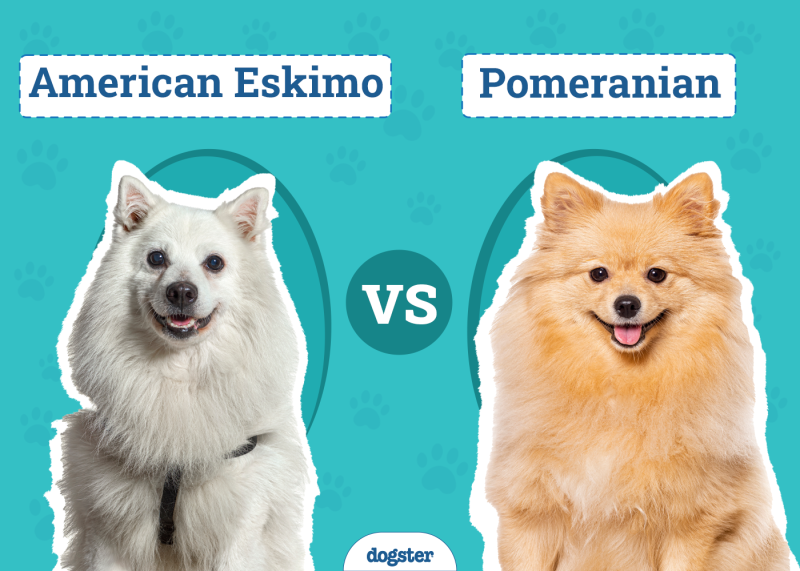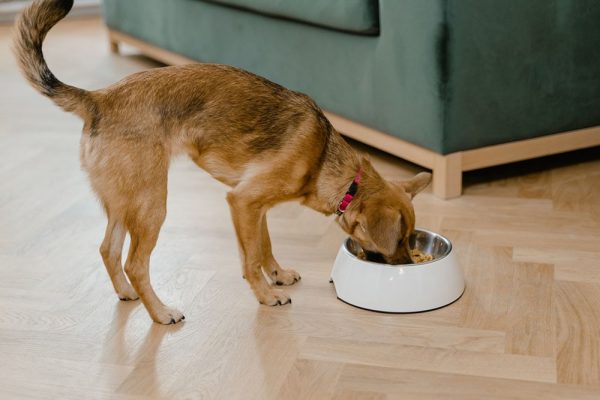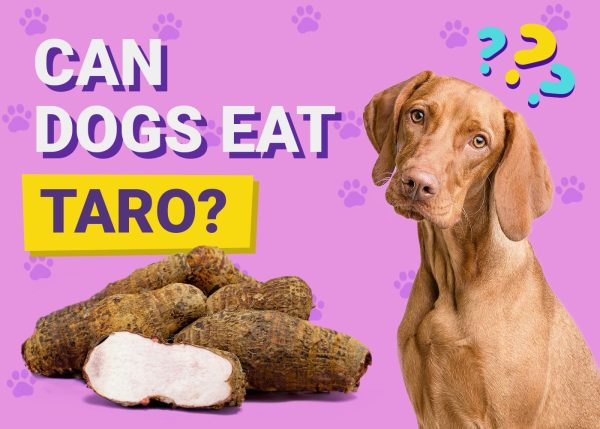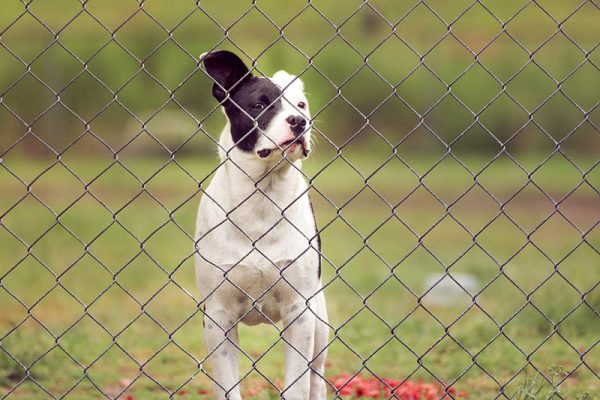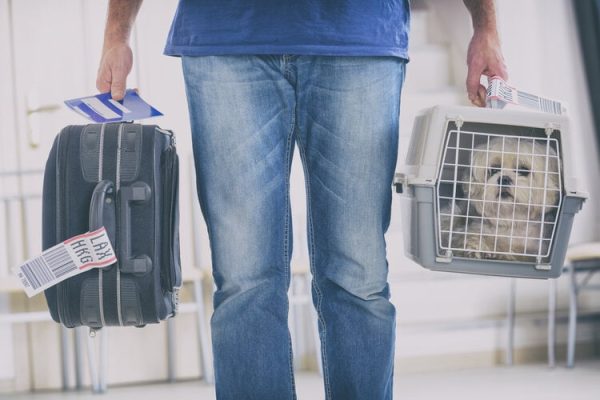In this article
Pugs are one of the most beloved dog breeds in the world. Their wrinkly faces, big eyes, and curly tails make them instantly recognizable and incredibly cute. However, have you ever wondered why Pugs have curly tails? Is it just a genetic anomaly or is there a deeper reason behind it?
In this article, we will explore the history of Pugs, and some different theories on why they have curly tails. Let’s discuss.

The 4 Reasons Why Pugs Have Curly Tails
1. Selective Breeding Practices
There are several theories on why Pugs have curly tails. One theory is that the tightly curled tail was a result of selective breeding. Breeders may have selected Pugs with curly tails because they were considered more aesthetically pleasing or because they believed that a curled tail was a sign of good luck.
2. Breeding History
Another theory is that the curly tail was a result of the Pug’s breeding history. Pugs were originally bred to be lap dogs, and their small size and curly tail made them a perfect fit for sitting on their owner’s lap. The curled tail also helped to keep the Pug warm in cold weather by covering their nose and face.
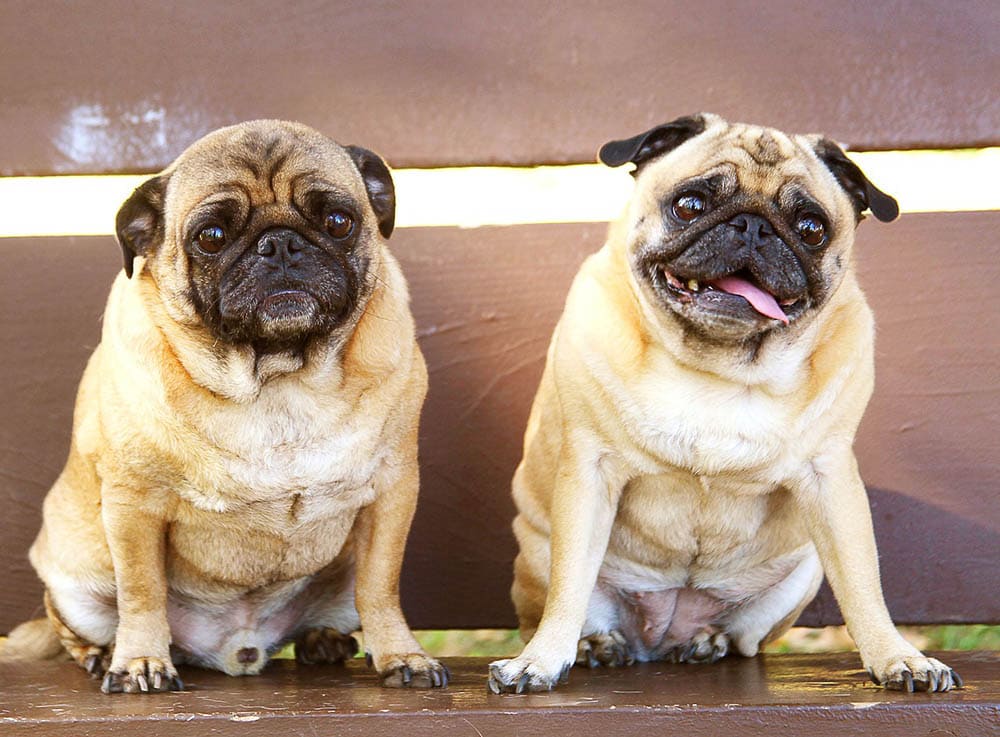
3. Potential Good Luck Charms
Pugs originated in China over 2,000 years ago and were bred for companionship and as lap dogs for Chinese emperors. The original Pugs had a straight tail, but during the Ming Dynasty, breeders began to select Pugs with a curled tail as it was considered a sign of good luck in Chinese culture. Over time, Pugs were brought to Europe and eventually to England, where they were further bred and refined.
The curled tail became a defining characteristic of the breed and was even incorporated into the breed standard in the late 1800s.
4. Genetic Mutation
Another theory is that the Pug’s curly tail is a result of a genetic mutation. Some researchers believe that the gene responsible for a curly tail in Pugs is the same gene that causes spinal deformities in other dog breeds, such as the Bulldog.
However, this theory has not been proven, and more research is needed to determine if there is a genetic basis for the Pug’s curly tail.
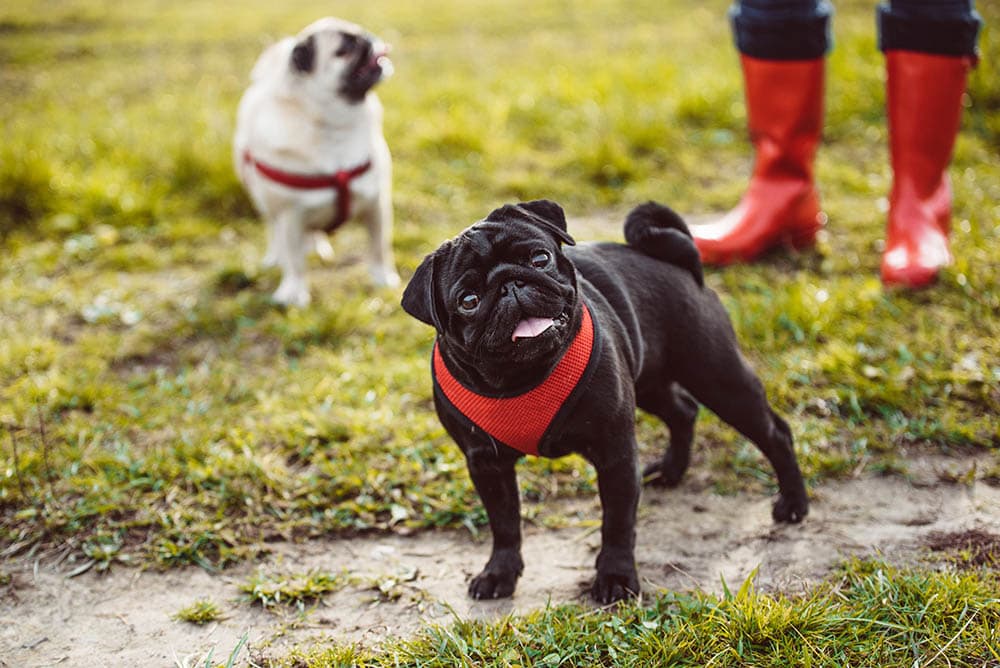

Genetics and the Curly Tail
While there is no definitive answer to why Pugs have curly tails, genetics may play a role. The Pug’s tail is controlled by a gene called the “S locus,” which also controls the coat color and pattern of a dog. Researchers have identified several variations of the S locus gene in different dog breeds, and some of these variations may be responsible for the curly tail in Pugs.
One study published in the journal “Genetics” found that a specific mutation in the S locus gene was associated with curly tails in several dog breeds, including the Pug. However, this mutation was not present in all dogs with curly tails, suggesting that other genetic factors may also be involved.
A Brief History of Pugs
Pugs are an ancient breed that can be traced back to China during the Han dynasty (206 BC–220 AD). It’s believed that Pugs were bred to be companion dogs for the ruling families of China. The Chinese called them “Lo-sze” or “Foo” dogs, and they were highly valued for their loyalty, affection, and so-called ability to ward off evil spirits.
These adorable pups were later introduced to Europe in the 16th century when Dutch traders brought these small dogs home from China. In no time, these small pups became super popular among European nobility, and Queen Victoria was even a famous fan of the breed. Pugs were first recognized by the American Kennel Club (AKC) in 1885, and they’ve been a beloved breed in the United States ever since.
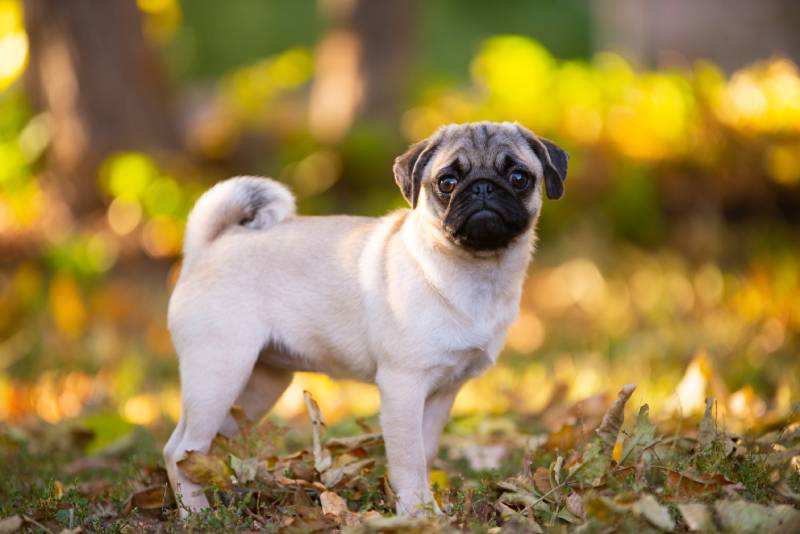
What’s So Different About A Pug’s Tail?
A Pug’s tail is a distinctive feature of the breed. Unlike many other dog breeds, Pugs have a tightly curled tail that is set high on their back (similar to that of a pig). The tail is usually double curled, with the tip of the tail curling back towards the body. The length of a Pug’s tail can vary, but it’s typically short and stubby.
The tail is an important part of a dog’s anatomy, and it serves several purposes. It helps with balance and coordination, and it also serves as a means of communication. Dogs use their tails to express their emotions, and a wagging tail can indicate happiness, while a tucked tail can indicate fear or anxiety.
The Pros and Cons of a Curly Tail for Pugs
While the Pug’s curly tail is a distinctive feature of the breed, it can also cause some health problems. Because the tail is tightly curled, it can be prone to infection and irritation. Pugs may also have trouble wagging their tails, which can make it difficult for them to communicate their emotions to their owners.
However, there are also some benefits to a curly tail for Pugs. The curled tail can help to protect their sensitive nose and face from the cold, and it can also serve as a cushion when they sit on hard surfaces. Additionally, the curled tail is considered a desirable trait in Pugs, which may increase their value as a show dog or breeding dog.
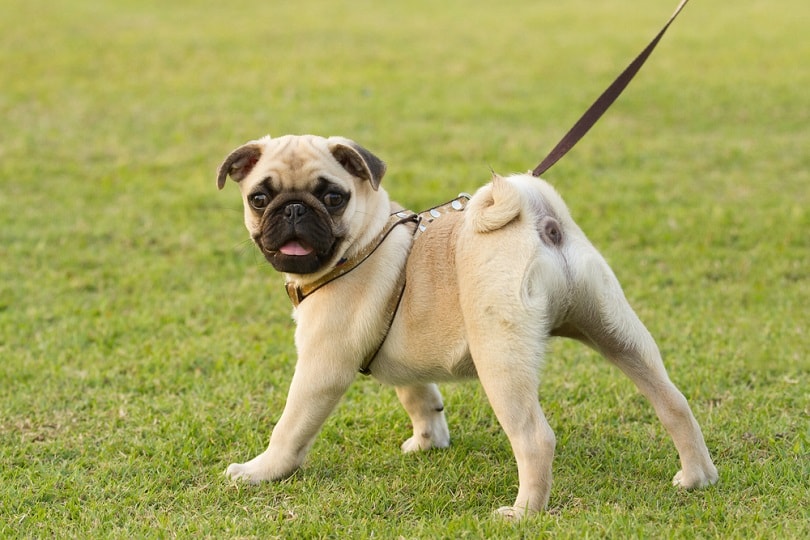
Caring for a Pug’s Curly Tail
If you own a Pug with a curly tail, it’s important to take special care of this unique feature. You should regularly clean and inspect your Pug’s tail for any signs of infection or irritation. You may also need to trim the hair around their tail to prevent matting and tangling.
It is also best to be mindful of your Pug’s tail when they’re sitting or lying down. You should provide soft surfaces for them to rest on and avoid any activities that could cause their tail to become tangled or caught – yes this can actually happen.
Other Dog Breeds with Curly Tails
While Pugs are known for their curly tails, they’re not the only dog breed with this distinctive feature. Several other dog breeds also have curly tails, including the Akita, Basenji, and Samoyed.
The Akita is a large breed that originated in Japan. Akitas have a thick, double coat and a tightly curled tail that is carried high over their back. The Basenji is a small hound breed from Africa that has a short, smooth coat and a tightly curled tail that is set high on their back. The Samoyed is a fluffy, white dog breed from Siberia, and these unique dogs have a long, thick coat and a tightly curled tail that is carried over their back.
While these dog breeds may have similar tail shapes, the reasons behind their curly tails vary. For example, the Basenji’s tightly curled tail may have helped to protect their tail from brush and thorns while hunting, while the Samoyed’s curly tail may have helped to keep them warm in the cold Siberian climate.
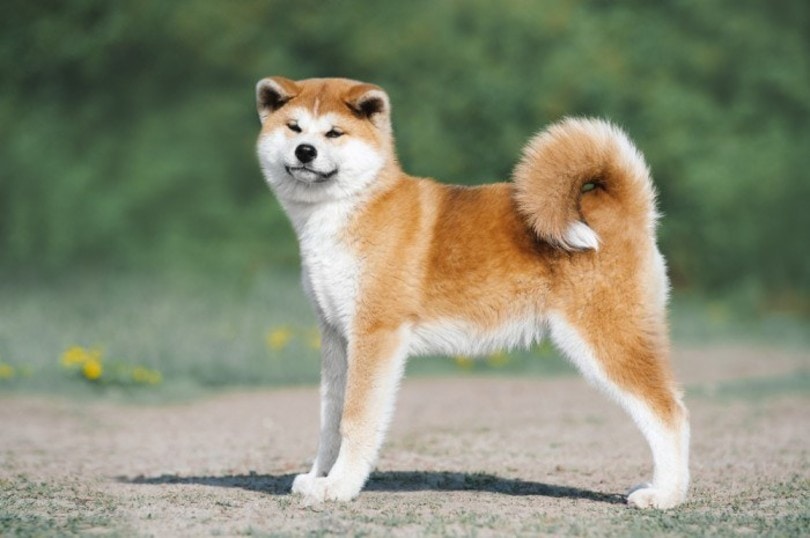

Frequently Asked Questions About Pugs
Are Pugs good for families with children?
Yes, they tend to do very well with children. Pugs are known for their friendly and affectionate nature. They’re great with children and make fantastic family pets. Pugs love to be around their owners and thrive on human attention. They can be stubborn at times, but with proper training, they can be well-behaved and obedient.
Do Pugs get sick a lot?
Yes, and they’re known for having certain health issues. Pugs are prone to respiratory problems due to their short snouts, which can make breathing difficult, especially in hot weather or during exercise. They’re also prone to eye problems, such as corneal ulcers and dry eye syndrome. Additionally, Pugs are susceptible to skin allergies and infections.
So it’s important for Pug owners to be aware of these potential health issues and to take proactive measures to keep their furry friends healthy. Regular check-ups with a veterinarian and proper diet and exercise can help prevent and manage health problems in Pugs.
Are Pugs easy to groom?
Yes, Pug dogs are considered to be relatively easy to groom. Their short and smooth coat requires minimal maintenance compared to other breeds. However, their facial folds require regular cleaning to prevent infections and bad odors. Brushing their coat once a week with a soft-bristled de-matting brush will help remove loose hair and distribute natural oils.
Bathing should usually be done once a month using a mild dog shampoo. Regular nail trimming and teeth cleaning (including dental treats) are also essential for their overall health. Pugs shed moderately throughout the year, but they tend to shed heavily twice a year during the shedding season (spring and fall).
Overall, Pug dogs are low-maintenance when it comes to grooming and are great companions for those who prefer a pet that requires minimal grooming.
Can Pugs be used as emotional support dogs?
Yes, they can. Pugs are known for their affectionate nature, and they love nothing more than snuggling up to their owners and providing comfort and companionship. As emotional support dogs, Pugs can help alleviate symptoms of anxiety, depression, and other mental health issues by providing unconditional love, comfort, and support.
These small, adorable pups are also easy to care for and adapt well to different living situations, making them an ideal choice for those in need of emotional support.
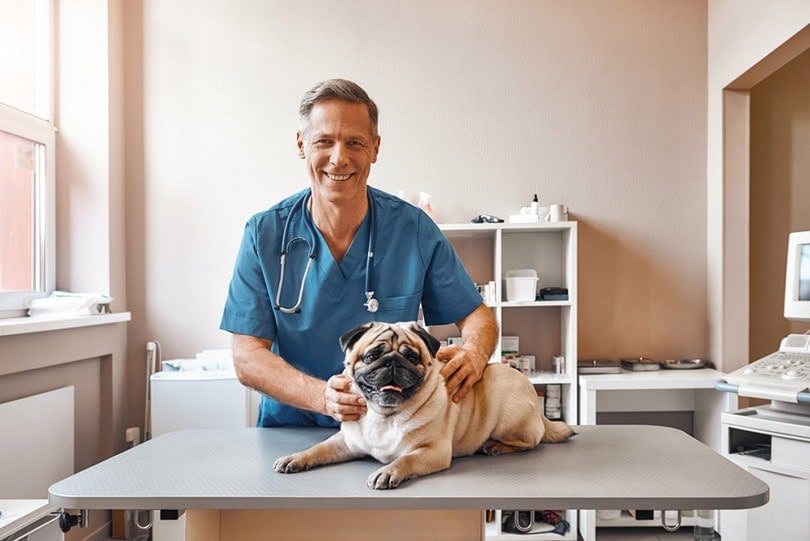
Are Pugs easy to train?
These dogs are relatively easy to train, especially if you start when they’re still young pups. Pugs can be a bit stubborn and require a bit of patience and consistency. However, with the right approach, Pugs can be trained just like any other breed. It’s important to start training around 8–12 weeks and to use positive reinforcement techniques such as treats and praise. Leash training is also super helpful with these dogs.
Pugs also respond well to short training sessions rather than long ones. But remember that every dog is different and may require a unique approach to training.
How much do Pug puppies cost?
The cost of a Pug puppy can range from a few hundred to thousands of dollars. Factors affecting costs include the location of the breeder, the puppy’s age and gender, and the quality of the bloodline. On average though, you can expect to pay anywhere from $500 to $2,000 for a Pug puppy.
And as always, be sure to find a reputable breeder who can provide you with all the necessary information about the puppy’s health, temperament, and background. It shouldn’t be hard if you live in the United States because these pups are very popular and sought after.
How smart are Pugs compared to other dog breeds?
It seems that these dogs don’t necessarily rank in the upper end of the spectrum in terms of intelligence. In fact, when it comes to their intelligence, there has been a bit of debate among dog experts. While Pugs are certainly capable of learning basic commands and tricks, they may not be as quick to pick up new skills as some other breeds.
However, this isn’t necessarily a negative trait as Pugs are known for their loyalty and affection towards their owners. But note that intelligence in dogs can be subjective and varies from individual to individual.
How long do Pugs live?
On average, Pugs live for 12 to 15 years, which is about average for dogs. However, this can vary depending on several factors, such as the dog’s overall health, diet, and exercise routine. Regular check-ups with a vet can help to ensure that your Pug lives a long and healthy life.
It’s also important to note that Pugs are susceptible to certain health issues, such as obesity and respiratory problems, which can affect their lifespan.
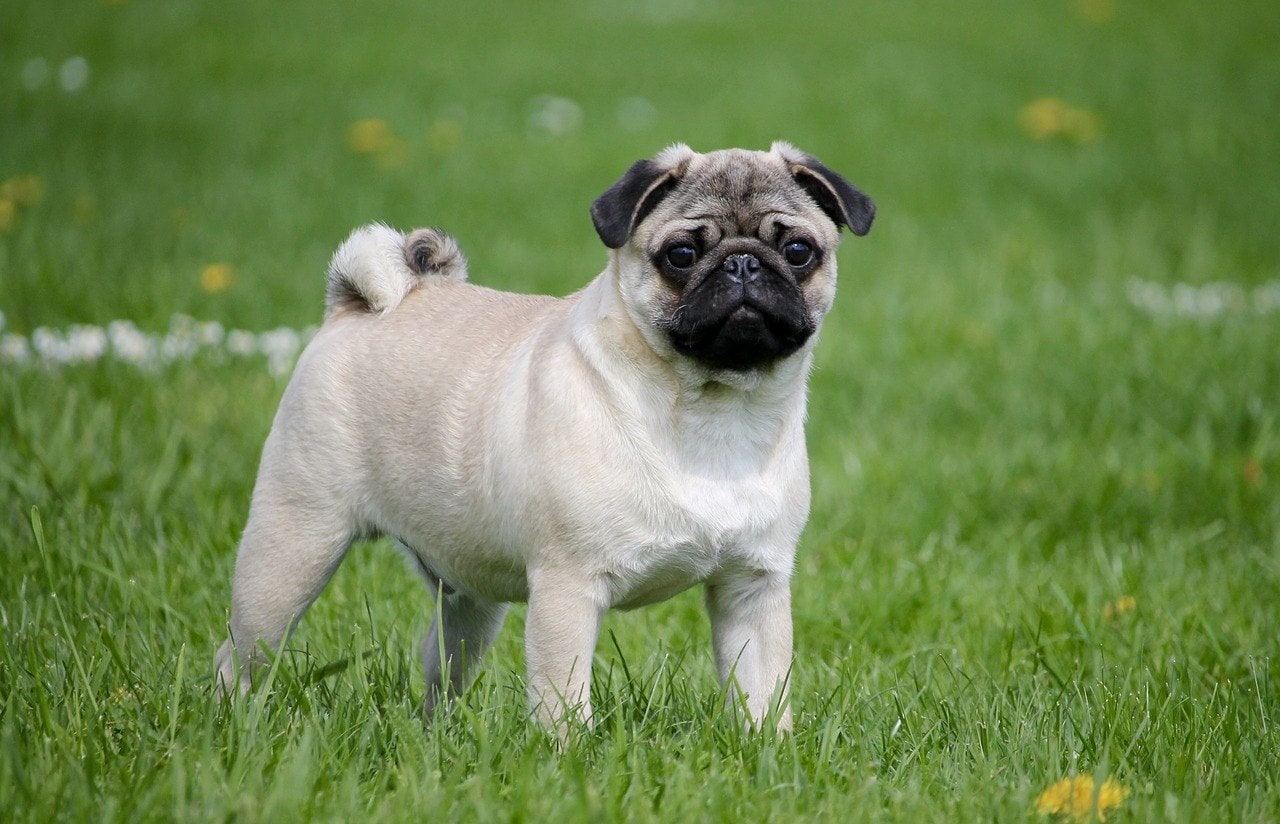

Wrapping Things Up
The Pug’s curly tail is a distinctive feature that sets them apart from other dog breeds. While the reasons behind their curly tail may be a mystery, there are several theories on why they have this unique feature. Genetics, selective breeding, and their history as lap dogs may all have played a role in the development of the Pug’s curly tail.
Whether you’re a Pug lover or just curious about this quirky dog breed, hopefully, this gives you a bit more insight about the peculiar tail shape of these cuddly dogs.
See also:
Featured Image Credit: Antin82, Shutterstock



